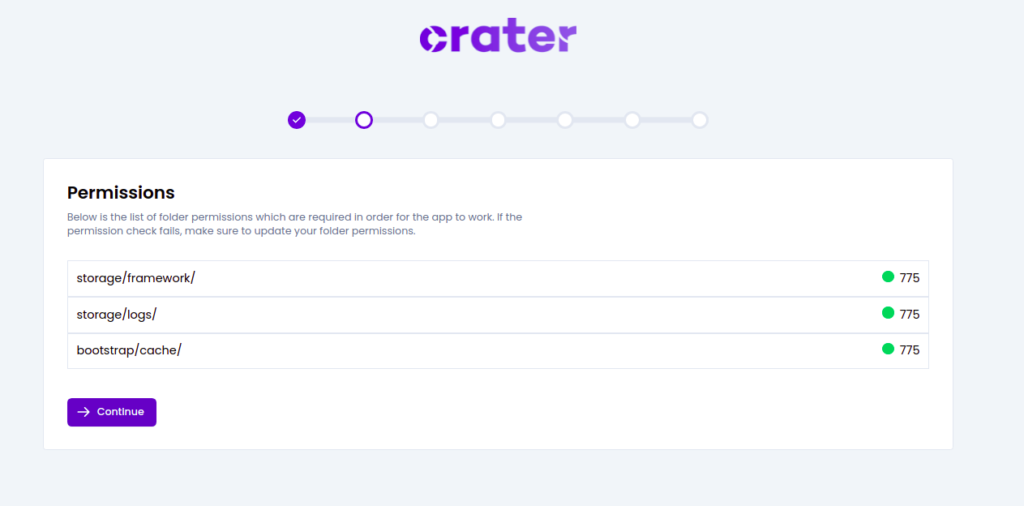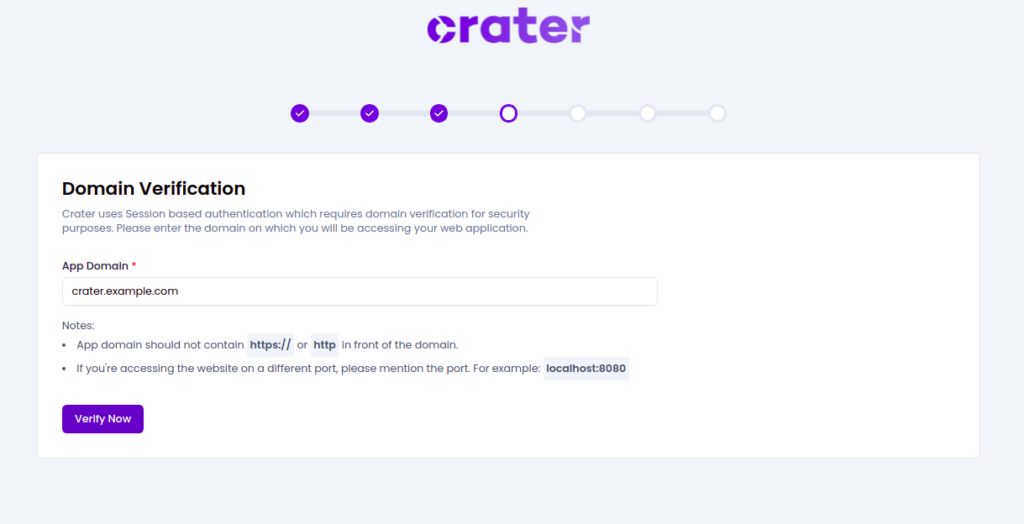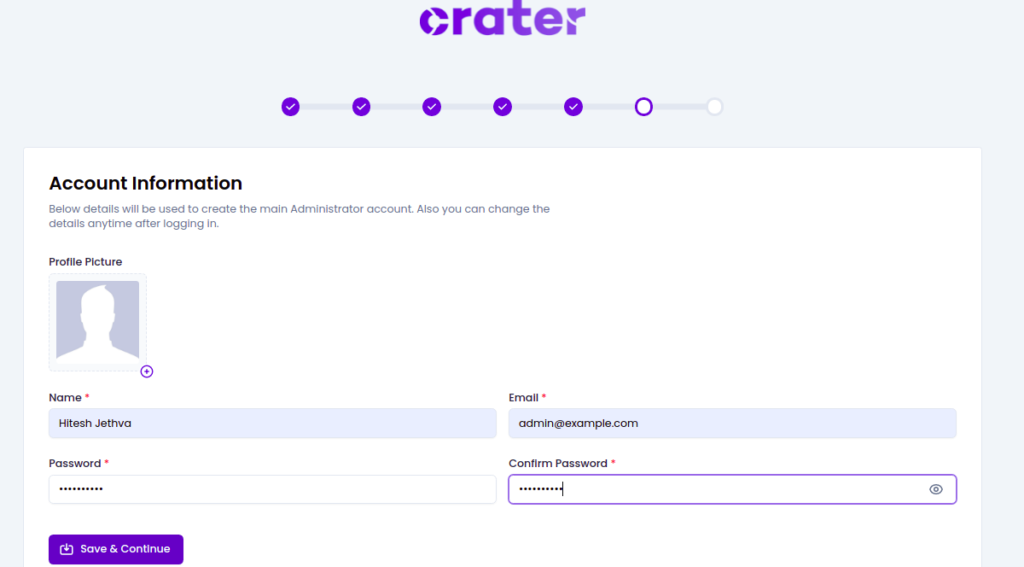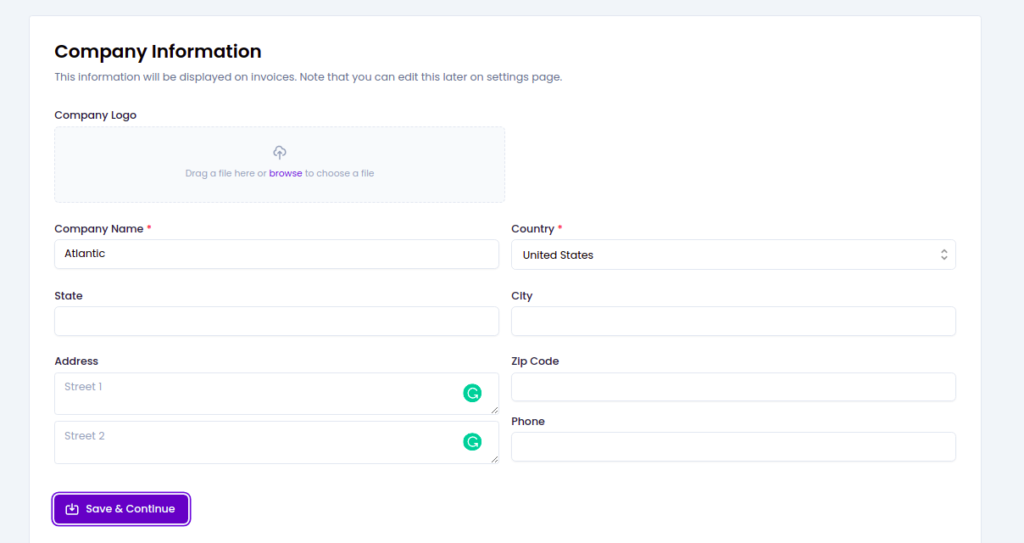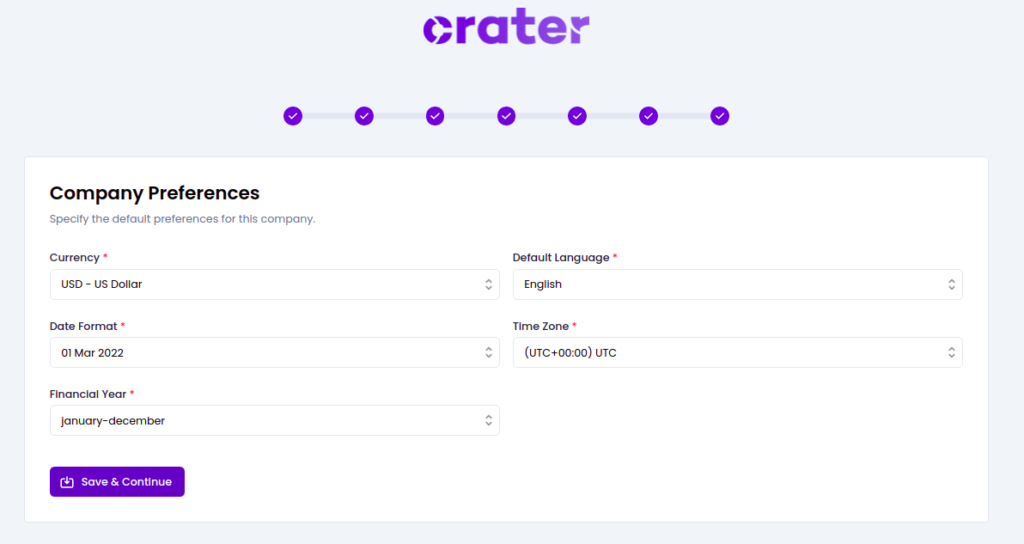Crater is a free and open-source invoicing application based on the Laravel PHP framework. It is designed for individual users or small and medium-sized businesses to help track payments and expenses as well as create professional invoices. It comes with a suite of tools that are used to manage invoices. Crater allows users to create and send professional invoices to their clients.
In this post, we will show you how to install Crater Invoicing Solution on Debian 12.
Step 1 – Install Apache, MariaDB, and PHP
Before starting, you will need to install the Apache web server, and the MariaDB database server:
apt-get update -y apt-get install apache2 mariadb-server -y
After installing all the packages, start and enable both the Apache and MariaDB services:
systemctl start apache2 mariadb systemctl enable apache2 mariadb
Add the PHP repository.
apt install apt-transport-https lsb-release ca-certificates curl -y curl -sSL https://packages.sury.org/php/apt.gpg | tee /etc/apt/trusted.gpg.d/sury.gpg > /dev/null echo "deb https://packages.sury.org/php/ $(lsb_release -sc) main" | tee /etc/apt/sources.list.d/sury-php.list
Update the repository index.
apt update -y
Install PHP 8.1 with other required extensions.
apt install php8.1 php8.1-cli php8.1-common php8.1-mysql php8.1-zip php8.1-gd php8.1-mbstring php8.1-curl php8.1-xml php8.1-bcmath php8.1-intl libapache2-mod-php8.1 -y
Step 2 – Create a Database for Crater
Crater uses a MariaDB as a database backend, so you will need to create a database and user for Crater. First, log in to MySQL with the following command:
mysql
Next, create a database and user using the following command:
create database crater; create user 'crater'@'localhost' identified by 'password';
Next, grant all the privileges to the Crater database with the following command:
grant all privileges on crater.* to 'crater'@'localhost';
Next, flush the privileges and exit from the MariaDB shell using the following command:
flush privileges; exit;
Step 3 – Download Crater
Next, you will need to download the latest version of Crater from their official website. You can download it using the wget command:
wget https://github.com/crater-invoice-inc/crater/archive/refs/heads/master.zip
Once Crater is downloaded, extract the downloaded file using the following command:
unzip master.zip
Next, move the extracted directory to the Apache web root directory:
mv crater-master /var/www/html/crater
Next, set proper ownership and permissions to the Crater directory:
chown -R www-data:www-data /var/www/html/crater chmod -R 775 /var/www/html/crater/storage/framework chmod -R 775 /var/www/html/crater/storage/logs chmod -R 775 /var/www/html/crater/bootstrap/cache
Step 4 – Configure Crater
Next, you will need to install Composer and configure Crater.
First, change the directory to the crater and install Composer with the following command:
cd /var/www/html/crater
curl -sS https://getcomposer.org/installer | php mv composer.phar /usr/local/bin/composer
Next, install all required PHP dependencies.
composer install
Next, copy the sample .env file.
cp .env.example .env
Next, edit the .env file.
nano .env
Define your App URL and database settings:
APP_ENV=production APP_KEY=base64:kgk/4DW1vEVy7aEvet5FPp5un6PIGe/so8H0mvoUtW0= APP_DEBUG=true APP_LOG_LEVEL=debug APP_URL=http://crater.example.com DB_CONNECTION=mysql DB_HOST=db DB_PORT=3306 DB_DATABASE=crater DB_USERNAME=crater DB_PASSWORD="password"
Next, set proper permissions and ownership.
chown -R www-data:www-data /var/www/html/crater chmod -R 755 /var/www/html/crater
Step 5 – Create an Apache Virtual Host for Crater
Next, you will need to create an Apache virtual host configuration file to host Crater on the internet. You can create it with the following command:
nano /etc/apache2/sites-available/crater.conf
Add the following lines:
<VirtualHost *:80>
ServerName crater.example.com
DocumentRoot /var/www/html/crater/public
<Directory /var/www/html/crater/public>
AllowOverride All
Require all granted
</Directory>
ErrorLog /var/log/apache2/crater_error.log
CustomLog /var/log/apache2/crater_access.log combined
</VirtualHost>
Save and close the file, then activate the Crater virtual host and Apache rewrite module using the following command:
a2enmod rewrite a2ensite crater.conf
Next, restart the Apache service to apply the configuration changes:
systemctl restart apache2
To check the status of the Apache service, use the following command:
systemctl status apache2
You should see the following output:
● apache2.service - The Apache HTTP Server
Loaded: loaded (/lib/systemd/system/apache2.service; enabled; vendor preset: enabled)
Active: active (running) since Tue 2022-03-01 08:03:05 UTC; 4s ago
Docs: https://httpd.apache.org/docs/2.4/
Process: 14762 ExecStart=/usr/sbin/apachectl start (code=exited, status=0/SUCCESS)
Main PID: 14767 (apache2)
Tasks: 6 (limit: 2341)
Memory: 13.6M
CPU: 72ms
CGroup: /system.slice/apache2.service
├─14767 /usr/sbin/apache2 -k start
├─14768 /usr/sbin/apache2 -k start
├─14769 /usr/sbin/apache2 -k start
├─14770 /usr/sbin/apache2 -k start
├─14771 /usr/sbin/apache2 -k start
└─14772 /usr/sbin/apache2 -k start
Step 6 – Access Crater Web UI
At this point, Crater is installed and configured. You can now access the Crater web UI using the URL http://crater.example.com. You should see the following page:
Click on Check Requirements. You should see the following page:
If all required PHP extensions are installed then click on the Continue button. You should see the following page:
Make sure all permissions are correct then click on the Continue button. You should see the following page:
Provide the website URL and database configuration details and click on the Save & Continue button. You should see the following page:
Provide your website Domain and click on the Verify Now button. You should see the following page:
Provide your Mail configuration and click on the Save button. You should see the following page:
Provide your account information and click on the Save & Continue button. You should see the following page:
Provide your company information and click on the Save & Continue button. You should see the following page:
Select your company preferences and click on the Save & Continue button. You should see the Crater dashboard on the following page:
Conclusion
In this guide, we explained how to install Crater Invoicing Solution on Debian 12. You can now implement Crater in your organization and start managing taxes, invoices, and payments from the central location. Try it on dedicated hosting from Atlantic.Net!


